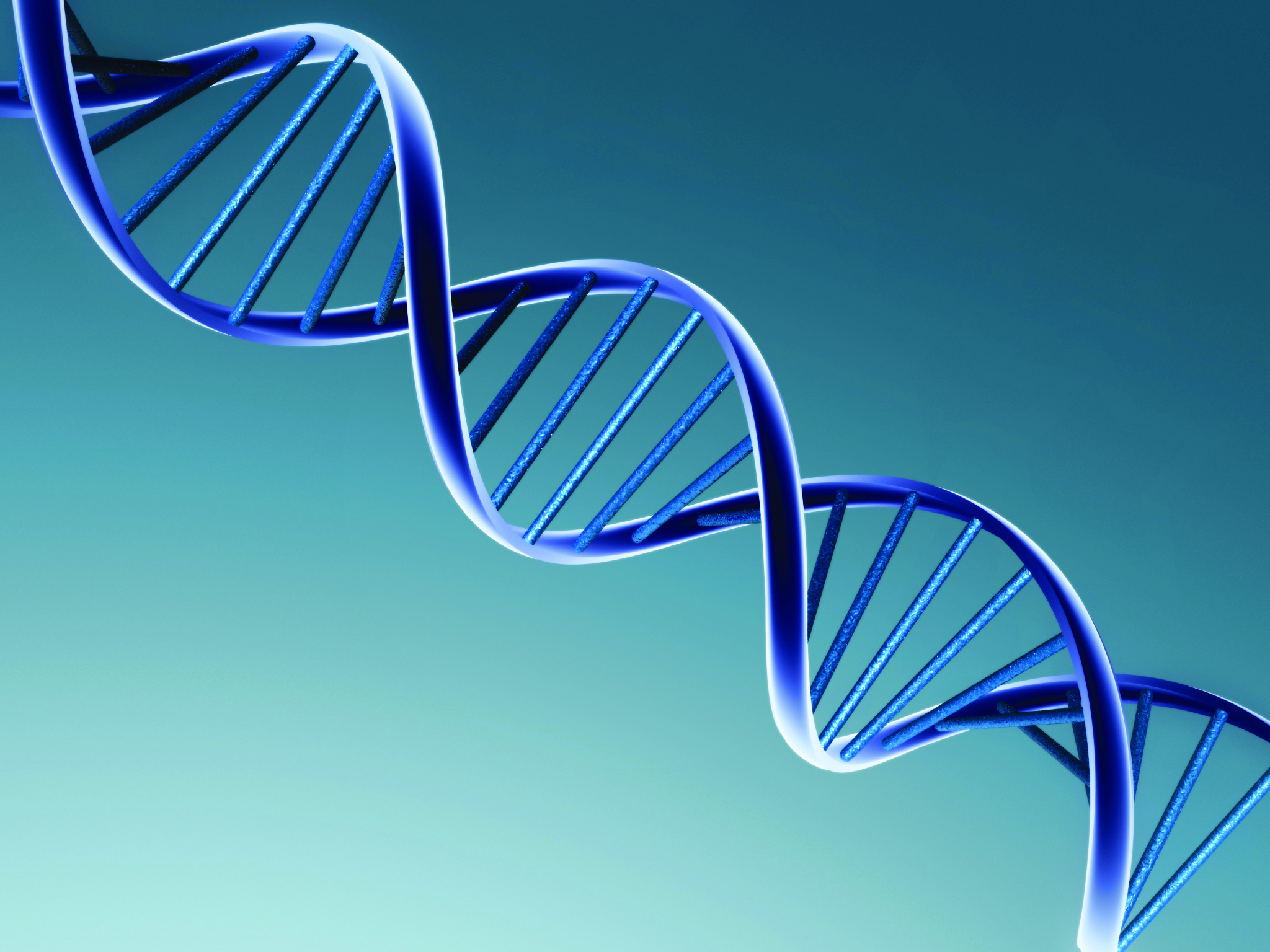Just before I was born, my parents consulted an astrologist to find out if I would be born healthy. Using the stars, the astrologist made predictions about my mental and physical development.
Before my kids are born, I might go to a company such as 23andMe. 23andMe uses DNA sequencing to recognize if babies will be genetically susceptible to certain diseases as they grow older.
The technology used by 23andMe was made possible due to the Human Genome Project, which successfully sequenced the complete human genome. Published in 2003, the human genome was to be the harbinger of the age of personalized medicine. However, the costs of whole genome sequencing were prohibitively expensive, and time consuming.
Costs have dropped dramatically in the past few years, increasing accessibility of sequencing the genome to a large number of people. The National Human Genome Research Institute (NHGRI), which tracks the costs of sequencing a genome, estimates current prices to be around $7000, down from around $50,000 when the human genome was published, due to improvements in technology.
The time to sequence these genomes has been reduced as well. In October 2012, a research group from Children’s Mercy Hospital, in Kansas City, Missouri, managed to sequence the whole genome of a baby in 50 hours.
Currently, there are a number of companies that offer to test single genes or a panel of genes related to a certain disease. While useful, these tests, which range between $500-1,000, might only be prescribed in case the family has a history of that disease.
Whole genome sequencing offers the ability to analyze the entire genome, thereby providing clues to what diseases may arise, irrespective of heredity. Additionally, genome sequences can help provide evidence of extremely rare hereditary diseases, which the targeted genetic testing provided by companies may not reveal.
Finally, knowing the genome of the newborn child or fetus could help provide appropriate genetic counselling to parents early on, and help physicians design targeted therapies. The decrease in costs, as well as the benefits whole genome sequencing provide, has dramatically increased demand for this procedure from the public. Soon, it may be the norm to obtain a whole genome sequence of a baby as soon as it is born, and use this data to determine future medical intervention.
Whole genome sequencing, however, is not without its drawbacks. The New York Times, in a piece on the procedure, states that out of 100 patients with any genetic disorder that was sequenced, only 30 patients had a misprinted gene detected by whole genome sequencing. Of these, only three per cent of the patients receive better management, and only one per cent gets treatment.
As of now, whole genome sequencing to identify diseases is still like looking for a needle in a haystack. We do not know all the mutations in a gene that could give rise to a disease. Most diseases arise from defects in multiple genes, further complicating diagnosis. Even if genes suggesting increased risk of disease were to be identified, we lack the ability to treat many of these diseases with current medication.
Improvements in genome sequencing and reduction in costs will someday help doctors better tailor medicine towards the individual patient. With developments in DNA testing, parents will no longer have to consult an astrologist to predict their kids’ physical and mental development. Instead, a DNA sequence will provide insight into their susceptibility to disease. Scientifically, this is the way forward.








